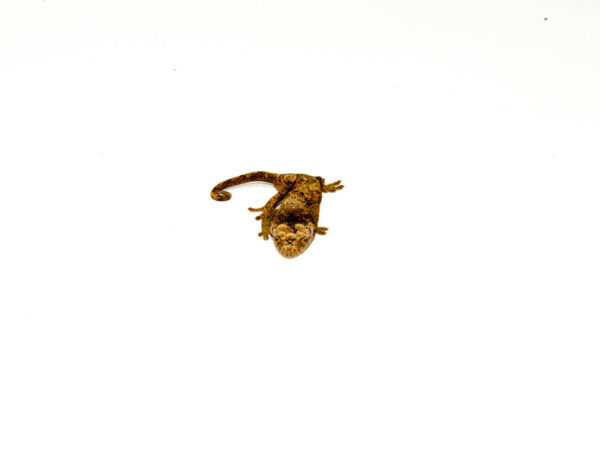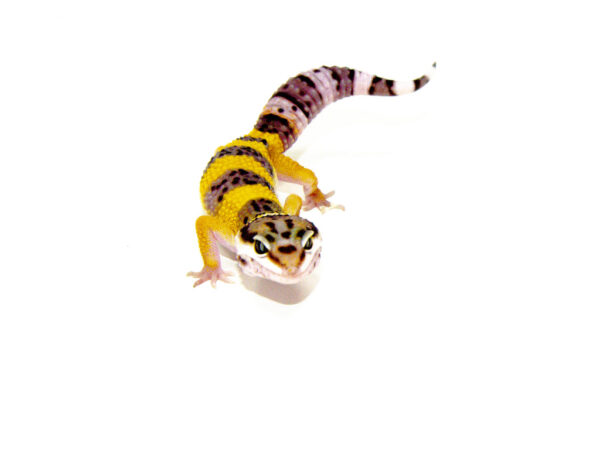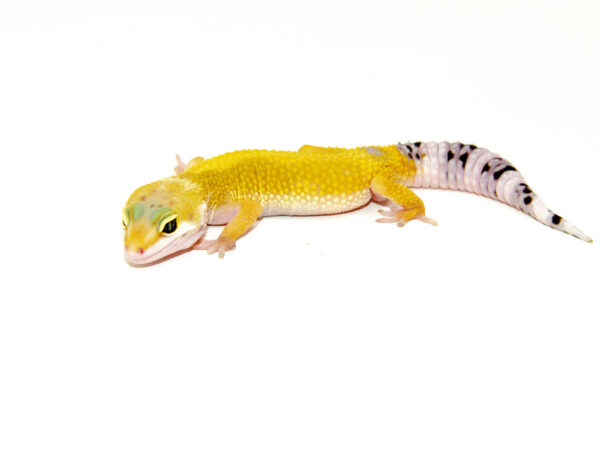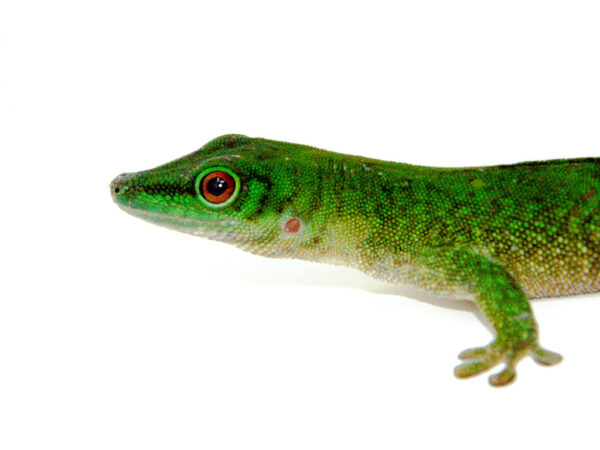Tokay Gecko (Gekko gecko): Complete Care Guide for a Bold Reptile
The tokay gecko (Gekko gecko) is a visually stunning and famously vocal lizard that has captivated reptile keepers around the world. Known for their bold personalities, vibrant coloration, and loud croaking call that sounds like “to-kay,” these geckos offer a unique experience for intermediate to advanced herp enthusiasts.
Native to Southeast Asia, tokay geckos are one of the largest gecko species, thriving in warm, humid environments. This guide covers everything you need to know about their care—from habitat setup to diet and behavior.
Natural Habitat of the Tokay Gecko
The tokay gecko (Gekko gecko) is found in tropical forests, rocky outcrops, and even human dwellings throughout Indonesia, Thailand, the Philippines, and surrounding areas. As arboreal creatures, they prefer elevated perches and dense foliage, which should be replicated in captivity for their well-being.
Enclosure Setup
Minimum Enclosure Size
Adult tokay geckos need a vertically oriented terrarium measuring at least 18″x18″x24″. Babies can be housed in smaller enclosures but should be upgraded as they grow.
Substrate Options
-
Coconut fiber (Eco Earth)
-
Cypress mulch
-
Bioactive soil mixes (for advanced keepers)
These substrates help maintain humidity and support natural burrowing behaviors.
Humidity and Temperature
-
Daytime temps: 80–90°F
-
Nighttime temps: 72–78°F
-
Humidity: 60–80%
-
Provide daily misting and a large water dish to help maintain ideal humidity.
Lighting
Tokay geckos are nocturnal and do not require intense lighting, but a low-output UVB bulb can promote long-term health. Use a 12-hour light/dark cycle to simulate natural rhythms.
Diet and Feeding
The tokay gecko (Gekko gecko) is a fierce and enthusiastic insectivore. A diverse, protein-rich diet is key to keeping them healthy and active.
Feeder Insects
-
Crickets
-
Dubia roaches
-
Silkworms
-
Hornworms
-
Mealworms (occasionally)
All insects should be gut-loaded and dusted with calcium and vitamin supplements:
-
Calcium with D3: 3–4x per week
-
Multivitamin: 1x per week
Feeding Schedule
-
Juveniles: Feed daily
-
Adults: Every other day or 3–4 times a week
Behavior and Temperament
The tokay gecko (Gekko gecko) is not a beginner’s reptile due to its defensive nature. While stunning to look at, tokays can be aggressive or territorial, especially wild-caught individuals.
Handling Tips
-
Start with minimal handling
-
Use a soft scoop or container to transfer them
-
Over time, captive-bred individuals may tolerate gentle, infrequent handling
Despite their feisty demeanor, tokays are intelligent and can recognize routines and feeding times.
Shedding and Health Monitoring
Like all reptiles, tokay geckos shed their skin regularly. Maintaining the right humidity is crucial to avoid shedding problems.
Health Checklist
-
Clear eyes and skin
-
Strong appetite
-
Active climbing behavior
-
No retained shed or lethargy
Common issues include dehydration, stuck shed, and metabolic bone disease (often caused by lack of calcium or UVB exposure).
Growth and Lifespan
A well-cared-for tokay gecko (Gekko gecko) can live 10 to 20 years in captivity.
-
Adult size: 10–14 inches
-
Sexual maturity: 1.5 to 2 years
-
Males are typically more colorful and vocal
They grow rapidly in their first year and require proper nutrition to reach full size and health.
Why Choose a Tokay Gecko?
The tokay gecko (Gekko gecko) is ideal for keepers looking for a display animal with bold looks and fascinating behavior. With vibrant colors, unique vocalizations, and impressive size, they’re a standout in any reptile collection.
Captive-bred individuals are far more tolerant than wild-caught ones and tend to acclimate better to enclosure life. Choose a reputable breeder or exotic pet supplier when acquiring your gecko.
Final Thoughts
While not the most handleable reptile, the tokay gecko (Gekko gecko) brings unmatched personality and exotic beauty to your collection. With proper care, a secure setup, and patience, they thrive and become a rewarding part of your reptile journey.
If you’re ready to add one to your home, always buy from trusted sources and be prepared to give it a habitat that matches the richness of its natural jungle origins.








Reviews
There are no reviews yet.